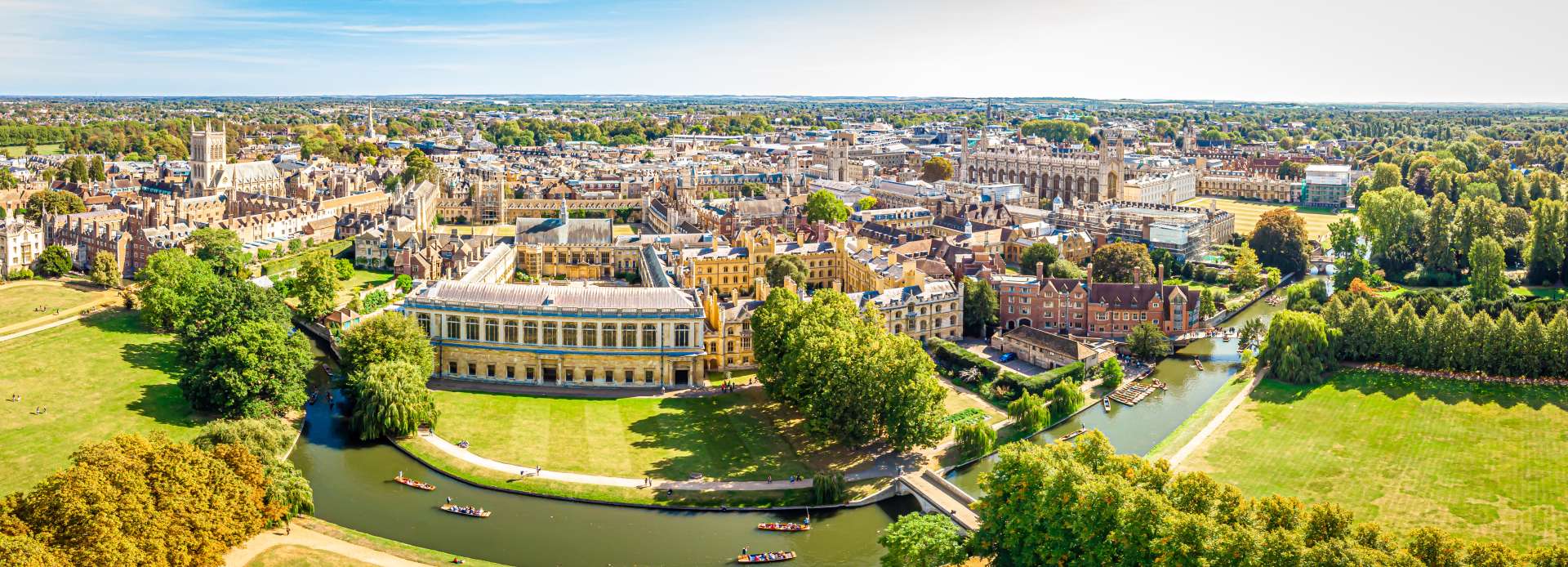
Great Yarmouth Row Houses & Greyfriars’ Cloisters
Walk Through Medieval Lanes and Monastic Ruins by the Seaside South Quay, Great Yarmouth, Norfolk, NR30 2RG
Specification
Historic Streets and Quiet Ruins Near the Sea
In the heart of Great Yarmouth, two remarkable heritage sites sit side by side: the Row Houses — a network of narrow medieval passages — and Greyfriars’ Cloisters, the remains of a Franciscan friary.
Together, they reveal how centuries of everyday life and devotion shaped this busy Norfolk port.
Life in the Narrow Rows
Great Yarmouth developed a unique street system known as “the Rows” — tiny alleyways linking the town’s two main roads.
Homes, shops, and workshops once packed these lanes, creating a tight-knit and lively coastal community.
However, many were destroyed during Second World War bombing.
The surviving Row Houses, now cared for by English Heritage, preserve interiors that show how ordinary families lived from the 17th to the 19th century.
Therefore, visitors can see domestic history up close — from fishing nets to Victorian furnishings.
Greyfriars’ Cloisters — Sacred Calm in a Busy Town
Next to the rows stand the Gothic arches of Greyfriars’ Cloisters, once part of a 14th-century Franciscan friary.
The friars served the poor of the harbour community, offering prayer, charity, and education.
Now open to the sky, the cloisters provide a peaceful place to sit, reflect, and admire medieval stonework softened by grass and light.
What to See and Do
1. Explore Historic Rooms
Step inside reconstructed Row House interiors filled with period objects, kitchens, and living spaces.
2. Walk the Rows
Follow the tight passageways and imagine bustling life between sea trades and harbour markets.
3. Relax in the Cloisters
Greyfriars’ arches and lawns offer a calm contrast to Great Yarmouth’s lively seafront.
Learn more at the English Heritage website
A Tale of Two Histories
Although one site reflects everyday life and the other spiritual devotion, both show resilience.
Moreover, their preservation after wartime destruction honours the town’s enduring identity as both a working port and a community with deep roots.
It’s history you can explore from two angles — ordinary and sacred.
Visiting Row Houses & Greyfriars’ Cloisters
How to Get There
Address: South Quay, Great Yarmouth NR30 2RG
By Train: 20 minutes’ walk from Great Yarmouth Station
By Bus: Town centre and seafront routes nearby
By Car: Local parking in town centre
Opening Hours & Admission
Seasonal opening; entry ticket required (English Heritage members free).
Facilities
Visitor information boards
Toilets nearby in town centre
Shops, cafés, and seafront close by
Partial step-free access
Nearby Attractions
Time and Tide Museum — Local maritime and fishing history
Great Yarmouth Pleasure Beach — Classic seaside fun
Elizabethan House Museum — Merchant’s home with harbour views
Gorleston Beach — Wide sandy bay just south of town
Together, they form the Great Yarmouth Harbour Heritage Trail.
Why Visit Great Yarmouth Row Houses & Greyfriars’ Cloisters?
These twin sites reveal centuries of life — hardworking families, devoted friars, and a changing town shaped by the sea.
Whether you enjoy architecture, local history, or simply wandering through hidden corners, this experience brings Great Yarmouth’s past vividly to life.
It’s not just heritage — it’s a story of community and endurance.






No Reviews